Instruments and Solutions to Drive Therapeutic Antibody Development: An Interactive Infographic
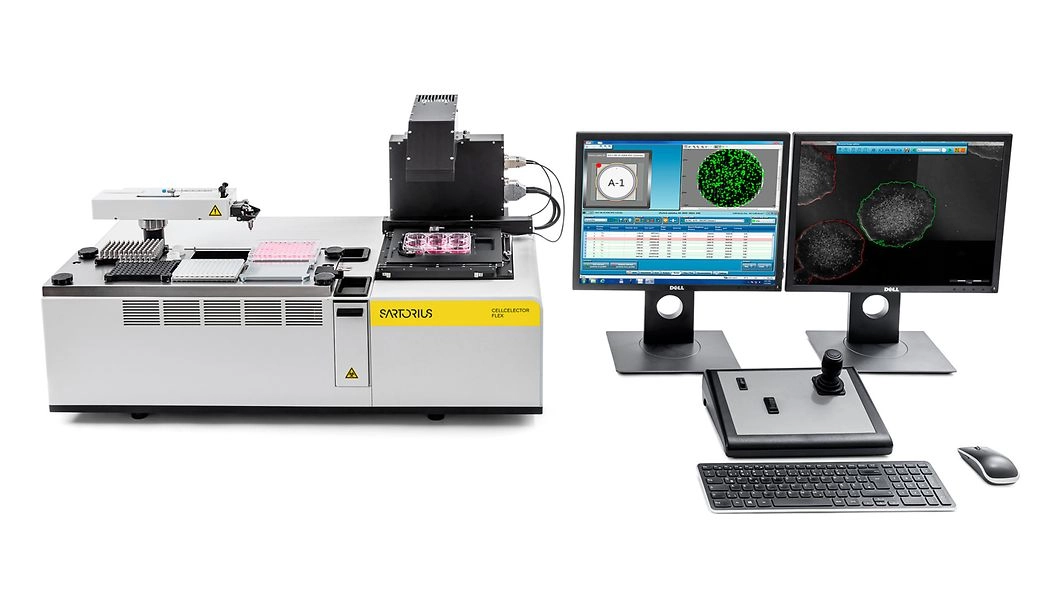
Molecule Development focuses on the initial identification, characterization, and optimization of antibodies or antibody derivatives. Various techniques are used to identify the molecular target and screen large libraries to select the most promising hits. These leads are then refined to improve therapeutic properties like affinity, specificity, and efficacy.
Cell Line Development aims to establish a stable and productive cell line that can reliably produce the optimized antibody. The best performing cell line is subsequently optimized and used to establish the cell bank which serves as the main production engine for therapeutic manufacturing.
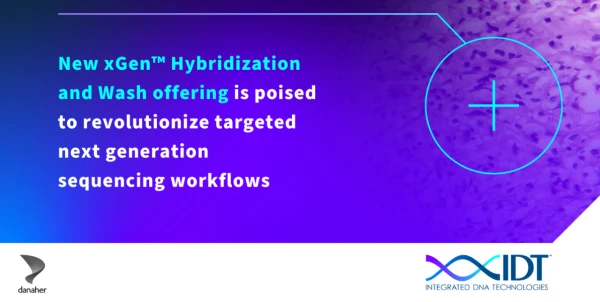
Apr 23, 2025
Product News
Streamline Target Enrichment with IDT’s xGen Hybridization and Wash v3 Kit
Enhance your NGS cancer research with IDT's xGen Hybridization and Wash v3 Kit—streamlined for speed, sensitivity, and low-input compatibility.

Apr 22, 2025
Product News
Revolutionizing Allergy Research: Beckman Coulter Life Sciences Launches Advanced Basophil Activation Test
Explore Beckman Coulter Life Sciences' new Basophil Activation Test—simplifying food allergy research with dry technology and a streamlined workflow.
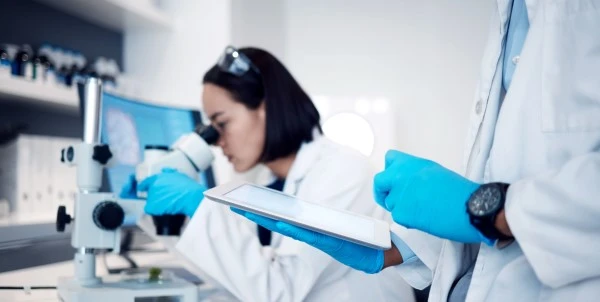
Apr 17, 2025
Product News
BlueLot ELN+ Launches as a No-Code Electronic Lab Notebook with Built-in LIMS Features
BlueLot ELN+ by Benchlab Solutions combines ELN and LIMS tools in one no-code platform—ideal for agile R&D labs seeking fast, scalable lab software.
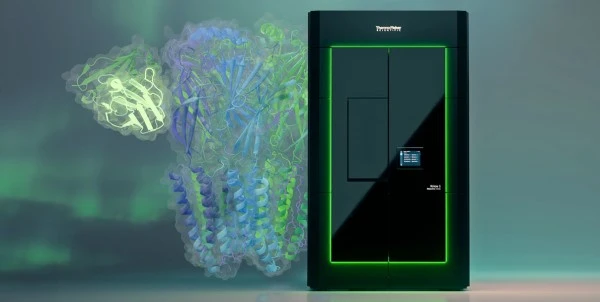
Apr 15, 2025
Product News
Thermo Scientific™ Krios™ 5 Cryo-TEM: Advancing Atomic-Resolution Imaging
Discover the Thermo Scientific Krios 5 Cryo-TEM, featuring AI automation and 25% higher throughput for atomic-resolution imaging in life science research.
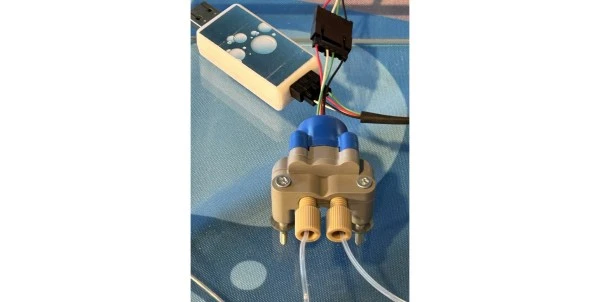
Apr 14, 2025
Product News
QuickStart™ Digital Pressure Sensor Brings Precision Monitoring
Boost lab system control with QuickStart™—a compact, digital in-line pressure sensor for precise, real-time pressure monitoring across fluidic pathways.
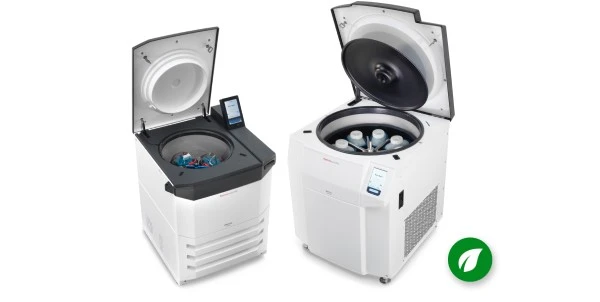
Apr 11, 2025
Product News
Thermo Fisher Launches Eco-Friendly Cryofuge, BIOS, and LYNX Floor Centrifuges
Thermo Fisher unveils Cryofuge, BIOS, and LYNX floor centrifuges with natural refrigerants and energy-efficient designs for high-performance lab applications.

Apr 09, 2025
Product News
Taber® Model 5770 Linear Abraser Offers Enhanced Versatility for Surface Testing
Taber® Model 5770 Linear Abraser from Paul N. Gardner USA delivers flexible, high-precision abrasion testing for flat and contoured surfaces.
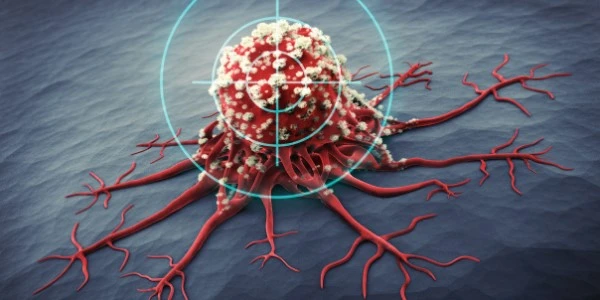
Apr 08, 2025
Product News
Introducing Biozen Native RP-1 and RP-5
Enhance ADC analysis with Phenomenex Biozen Native RP-1 and RP-5 columns—engineered for native reversed-phase separation and online MS detection.

Apr 07, 2025
Product News
GMP-Grade StemFit® for Differentiation Sets New Benchmark for hiPS and hES Cell Research
Discover AMSBIO's GMP-grade StemFit® for Differentiation—chemically defined, animal-free, and GMP-compliant medium optimized for hiPS and hES cell research.
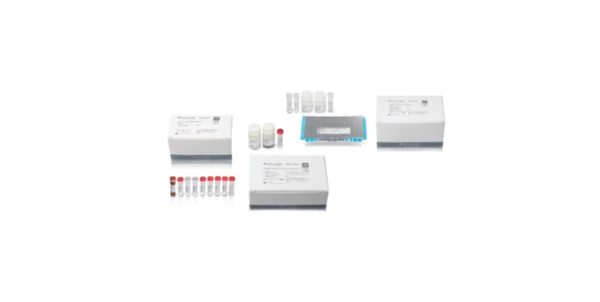
Apr 04, 2025
Product News
Next-Generation HLA Typing with Thermo Fisher’s One Lambda™ HybriType™ HLA Plus Typing Flex Kit
Streamline HLA typing with Thermo Fisher’s One Lambda HybriType NGS kit—high read balance, flexible coverage, and rapid results in under 5.5 hours
